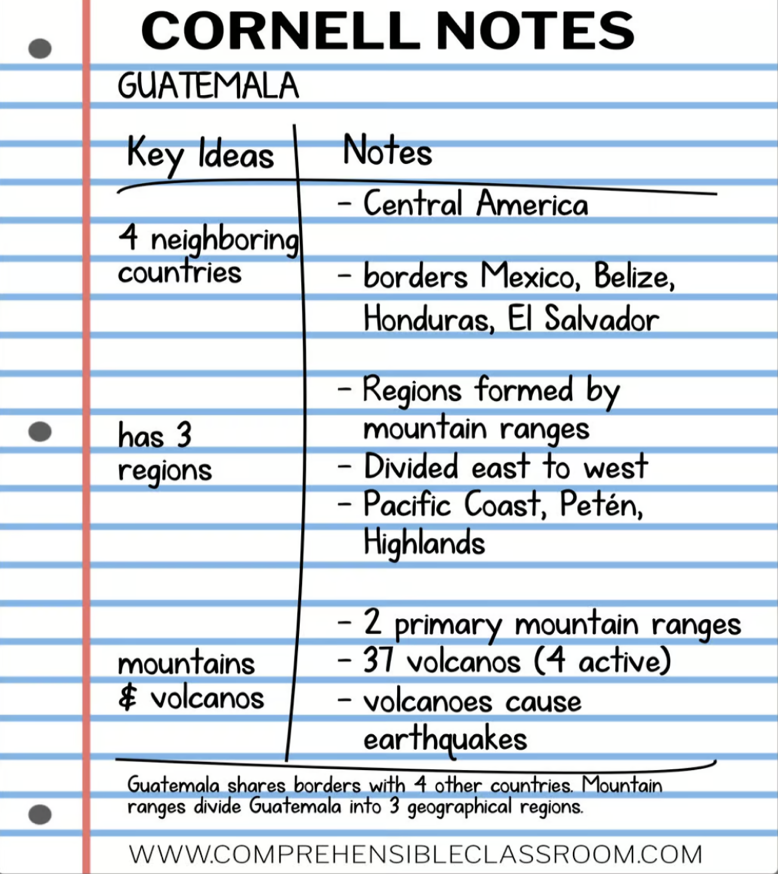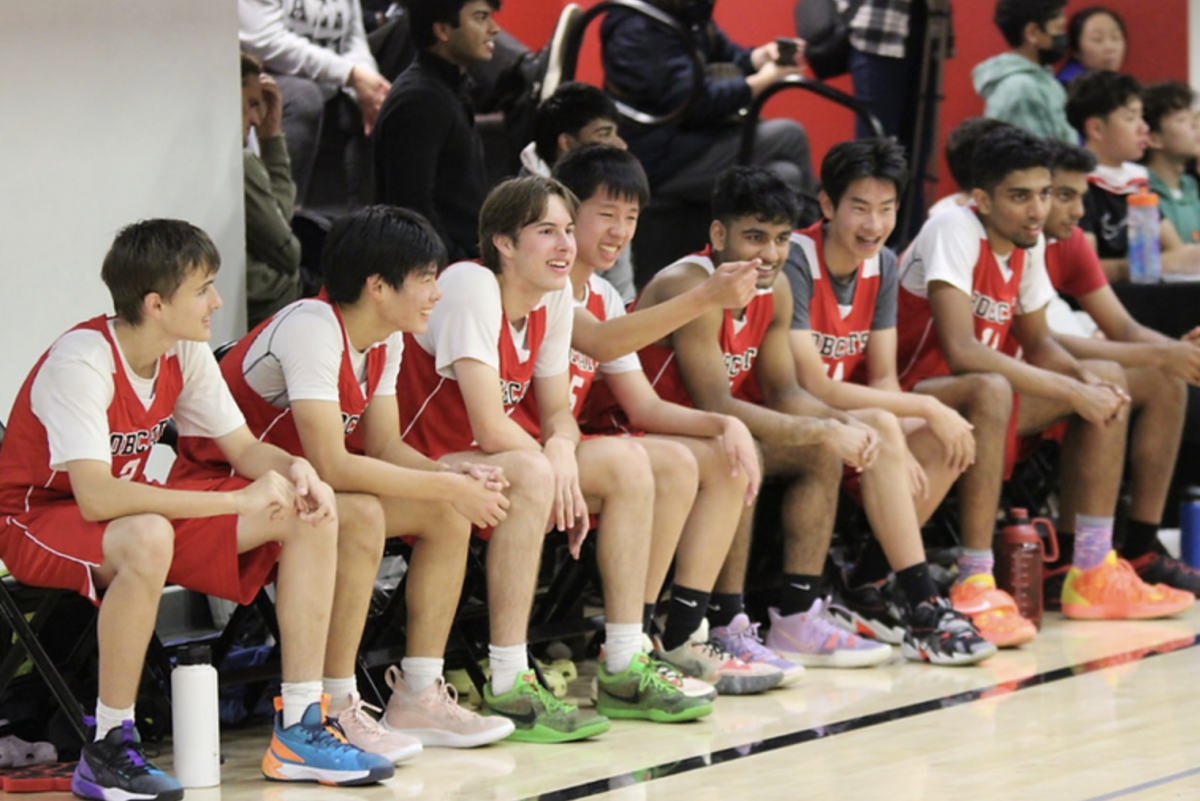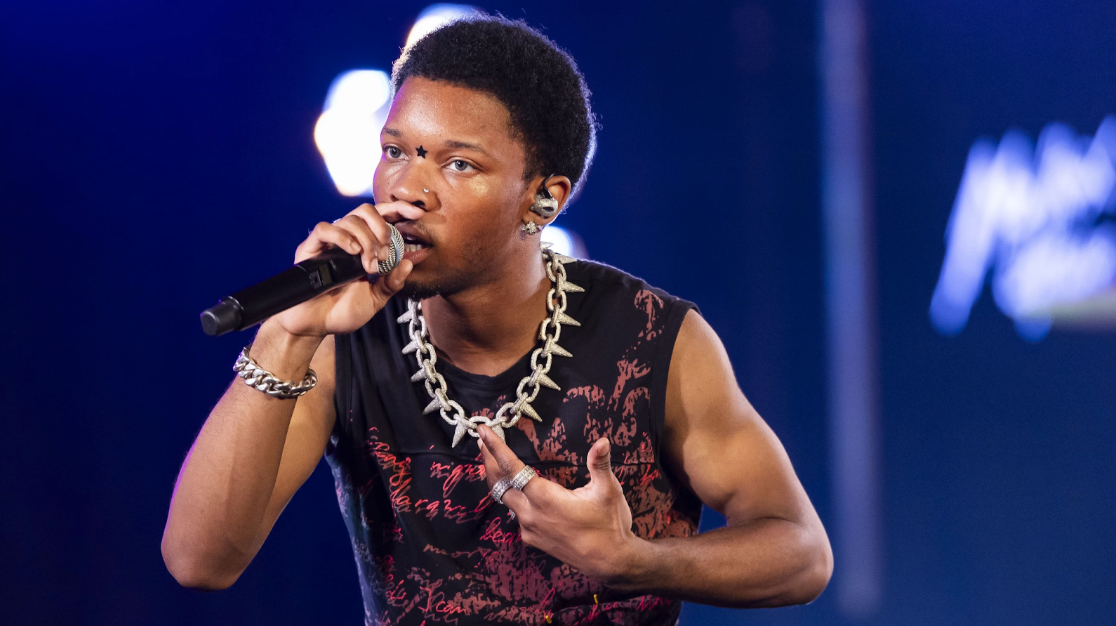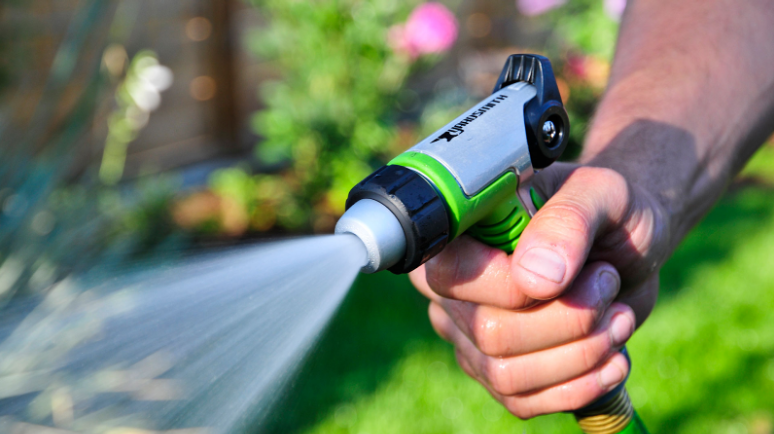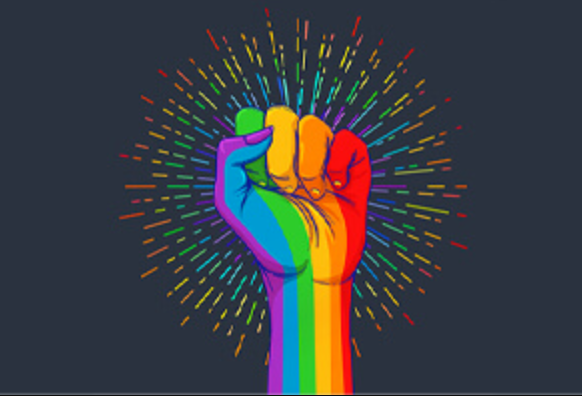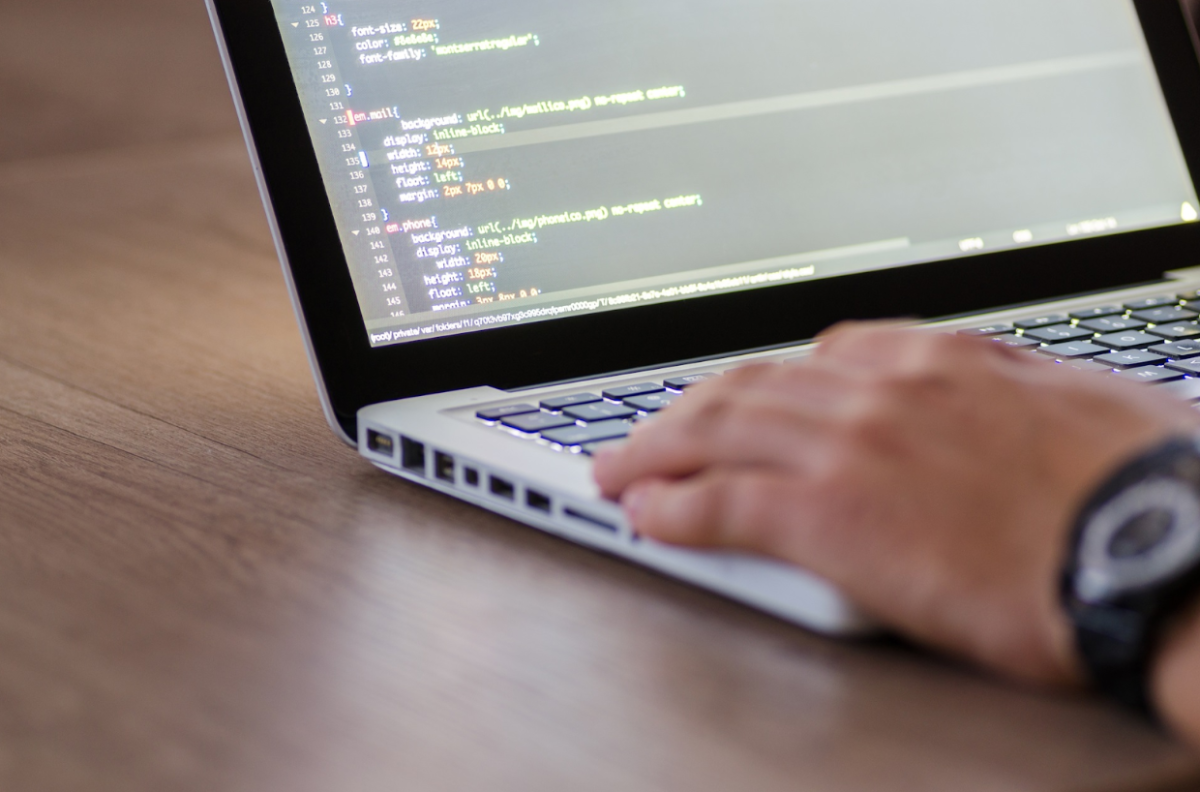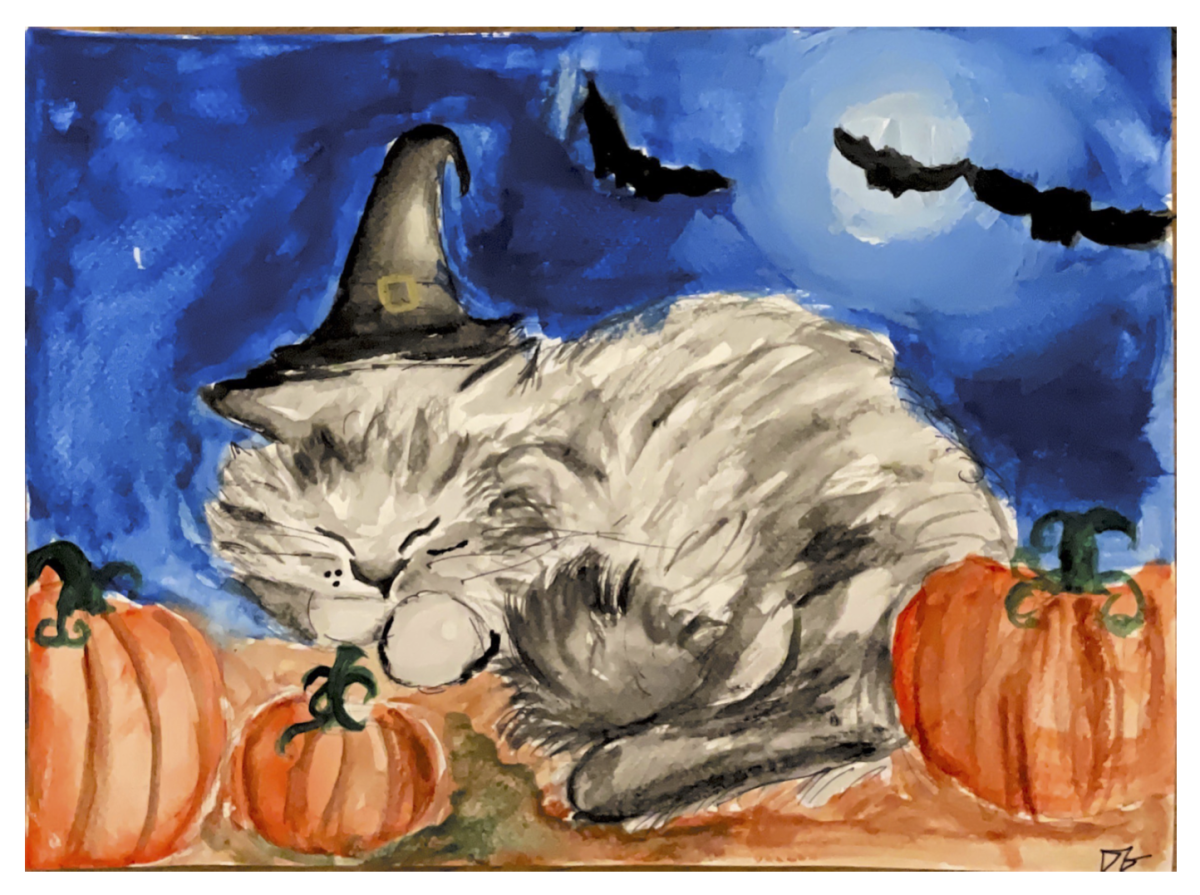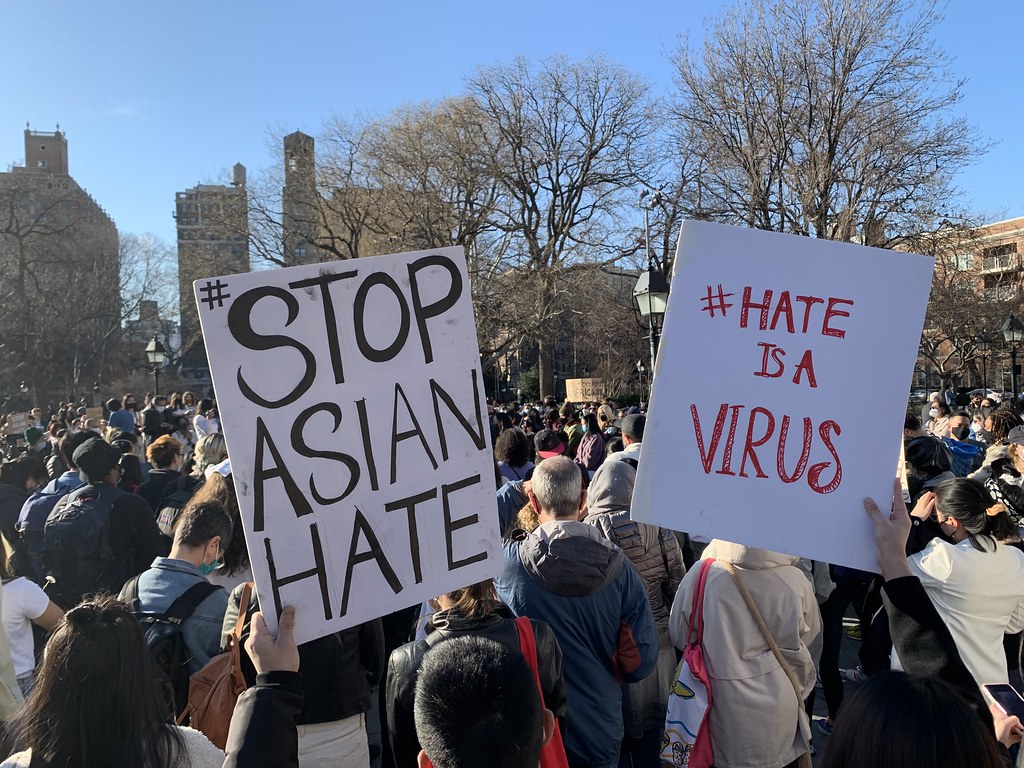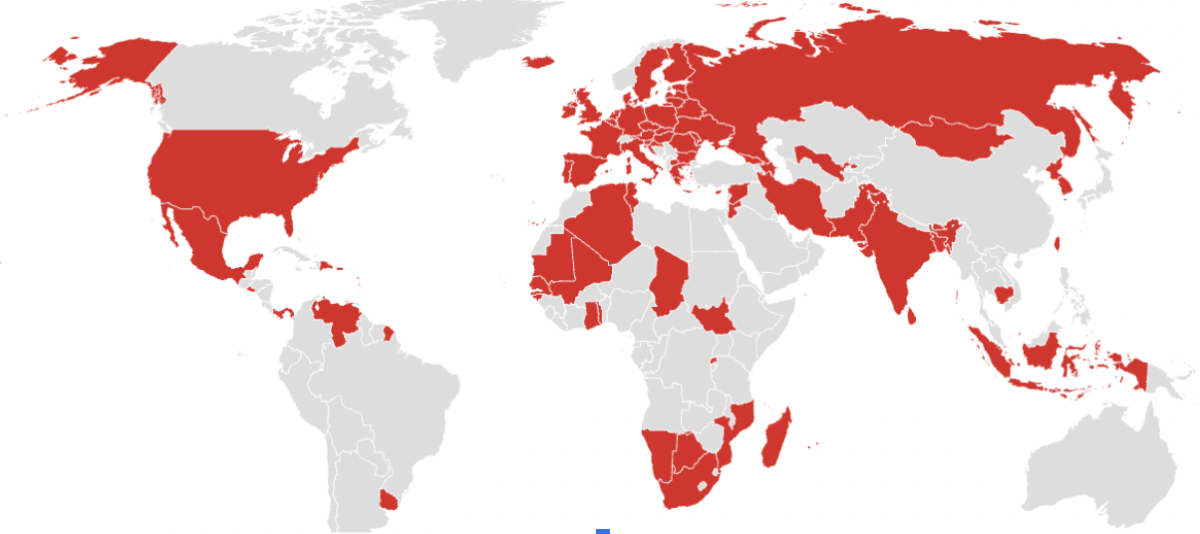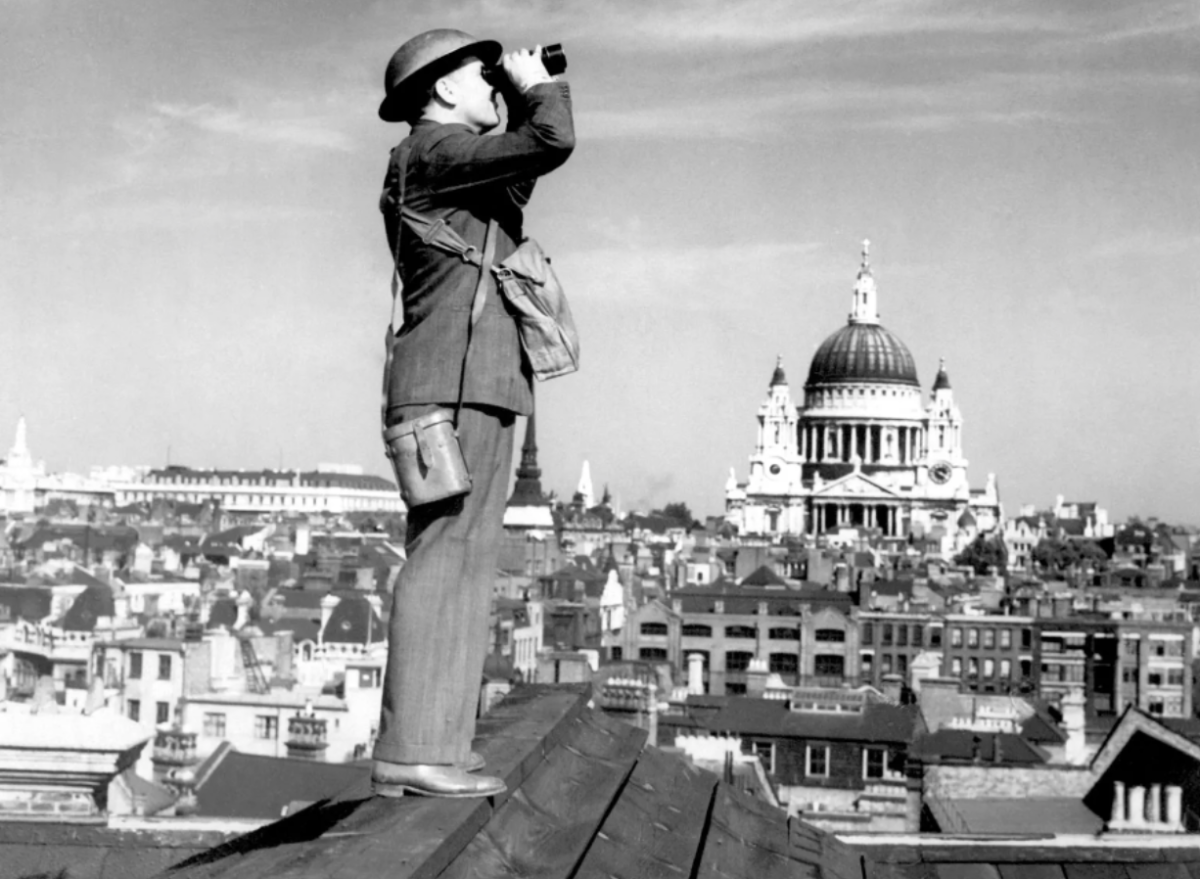Previously published Feb 26. 2021
Over the past few weeks, especially surrounding Lunar New Year, violent acts targeting the Asian community, particularly those of East Asian heritage, have skyrocketed in number. Such attacks have not even spared the elderly most of these attacks target the elderly due to their vulnerability and inability to fight back. In Oakland’s Chinatown, a significant cultural celebration hub during the weeks surrounding Lunar New Year, a 91-year-old Asian man was shoved to the ground just outside the Asian Resource Center. An 84-year-old Thai American man named Vicha Ratanapakdee was murdered in San Francisco by an unprovoked attack. In San Jose, a 64-year-old Vietnamese American woman was robbed of $1,000 that she had been saving for Lunar New Year and was attacked in the process. Outside of the Bay Area, in New York, a 61-year-old Filipino American man named Noel Quintana was slashed in the face by a box cutter while on the subway.
Outside the immediate trauma that such crimes generate for the Asian community, they also have broader implications. For one, they raise the question of whether there should be increased policing or not. According to Time, increased policing is not the answer in light of the police brutality seen this past summer. Instead, they believe that community solidarity is the best way to prevent such attacks. Also, such crimes are pointed toward the model minority myth—branding Asians as a “model minority” causes the silencing of the violence they are subjected to and thus prevents adequate action taken against those who engage in hate crimes against them. Such hate crimes also entrench fear in victim communities to step outside or celebrate their culture and heritage, thus damaging mental health beyond the immediate trauma.
Works Cited
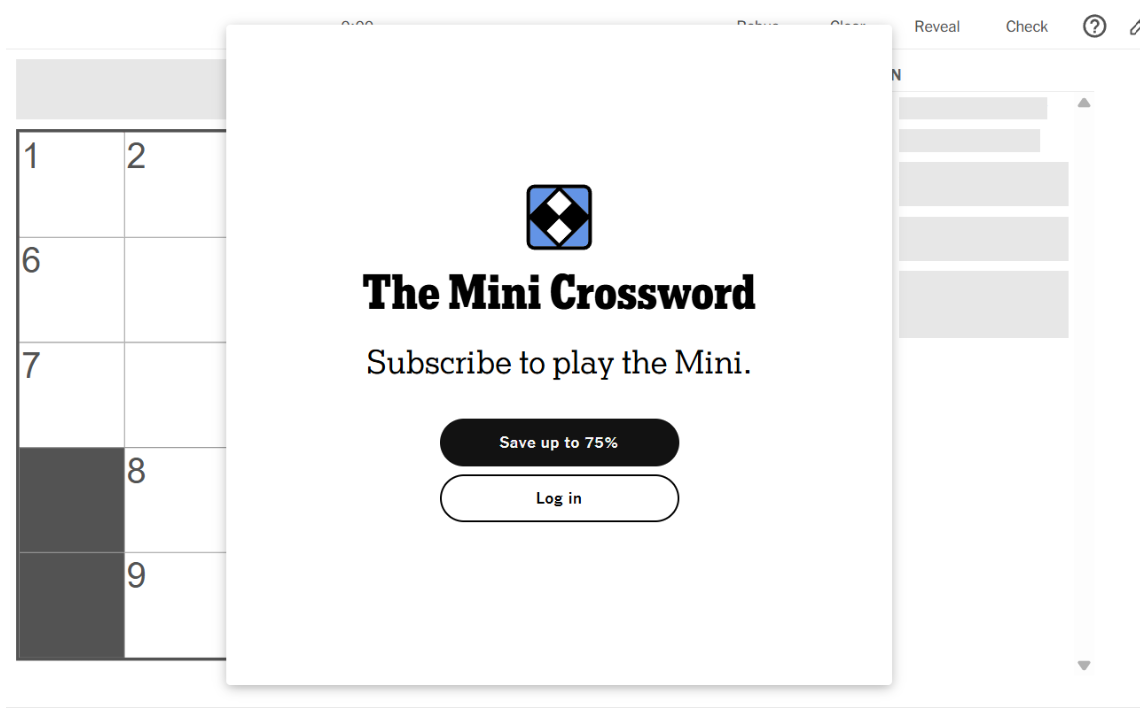


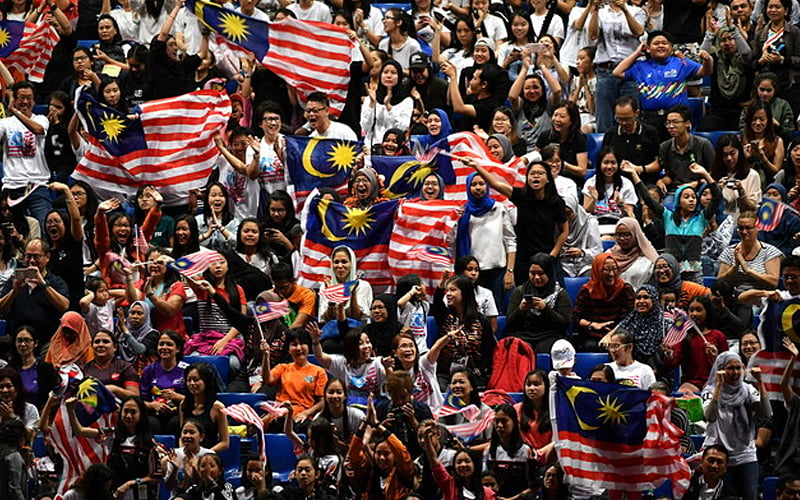
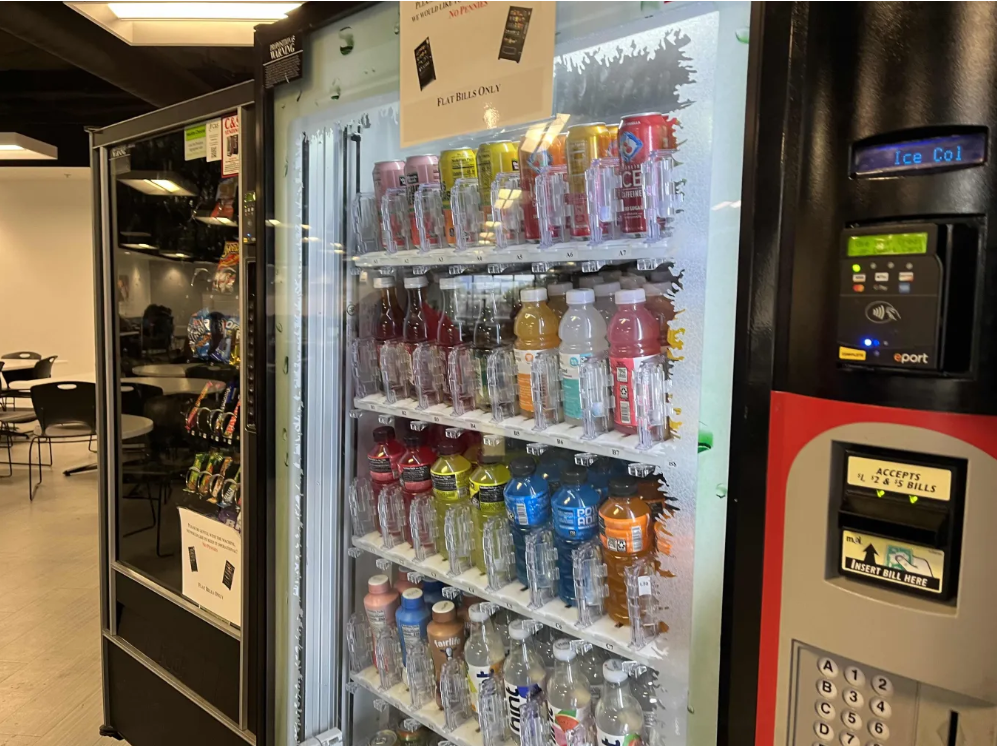
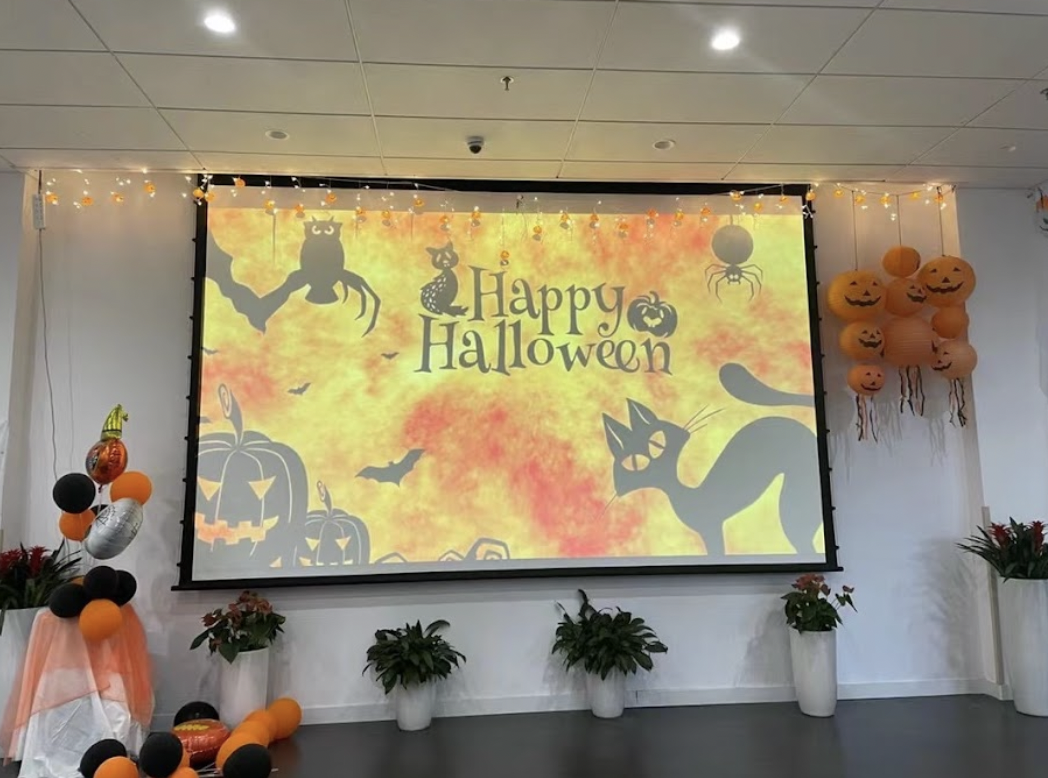
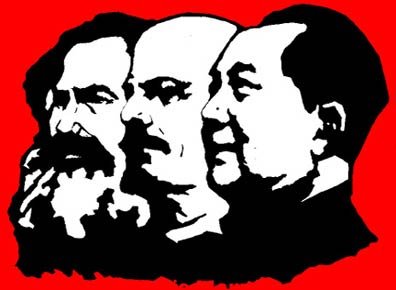
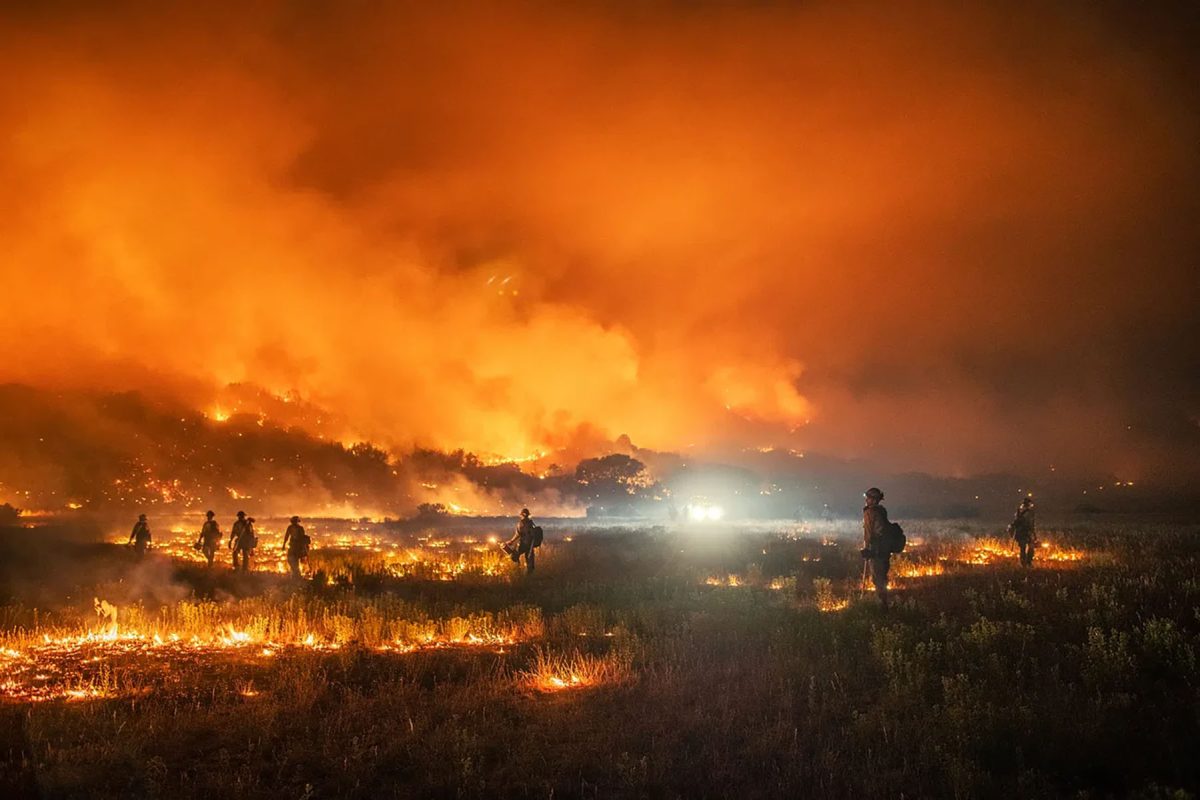
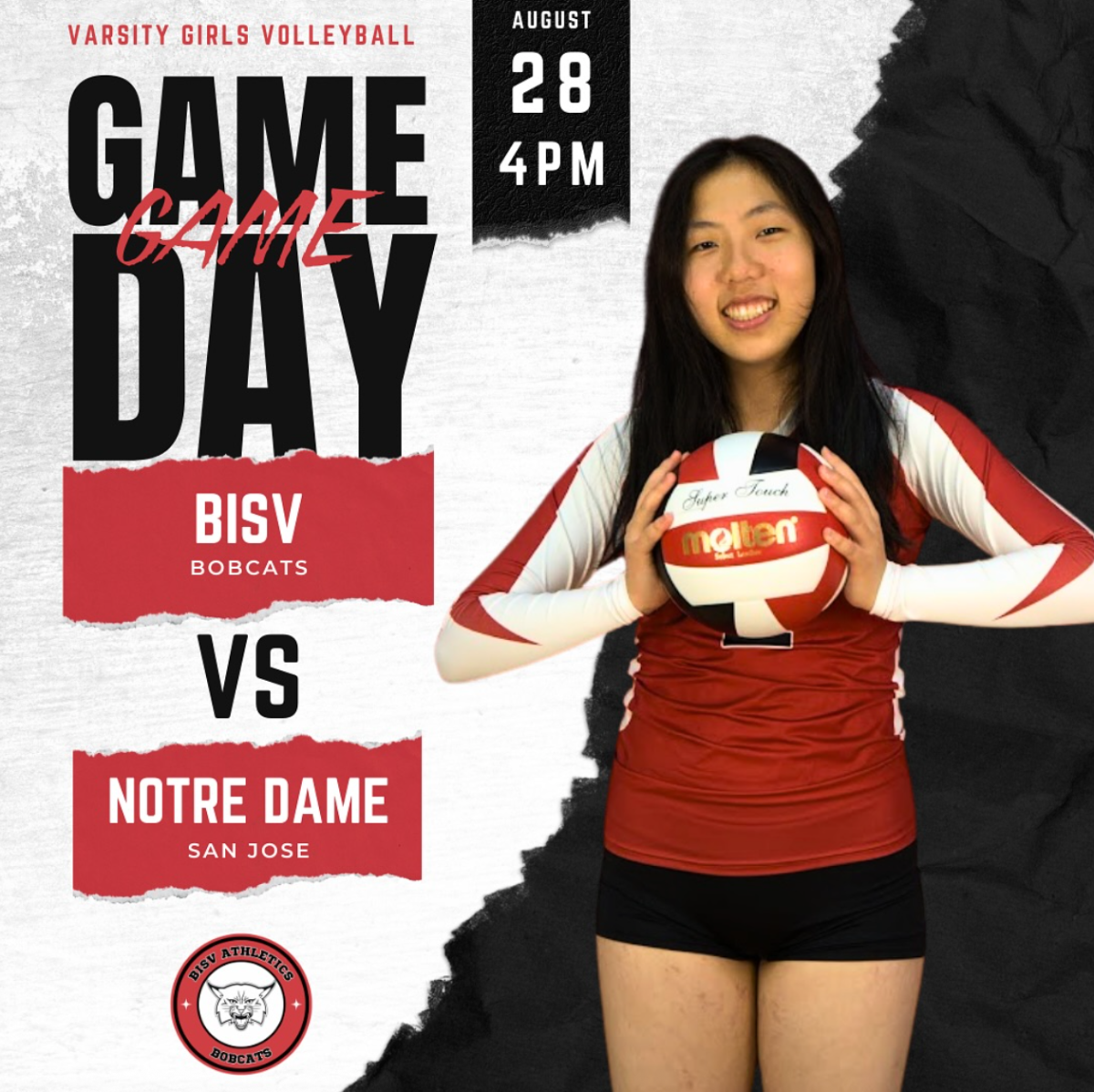

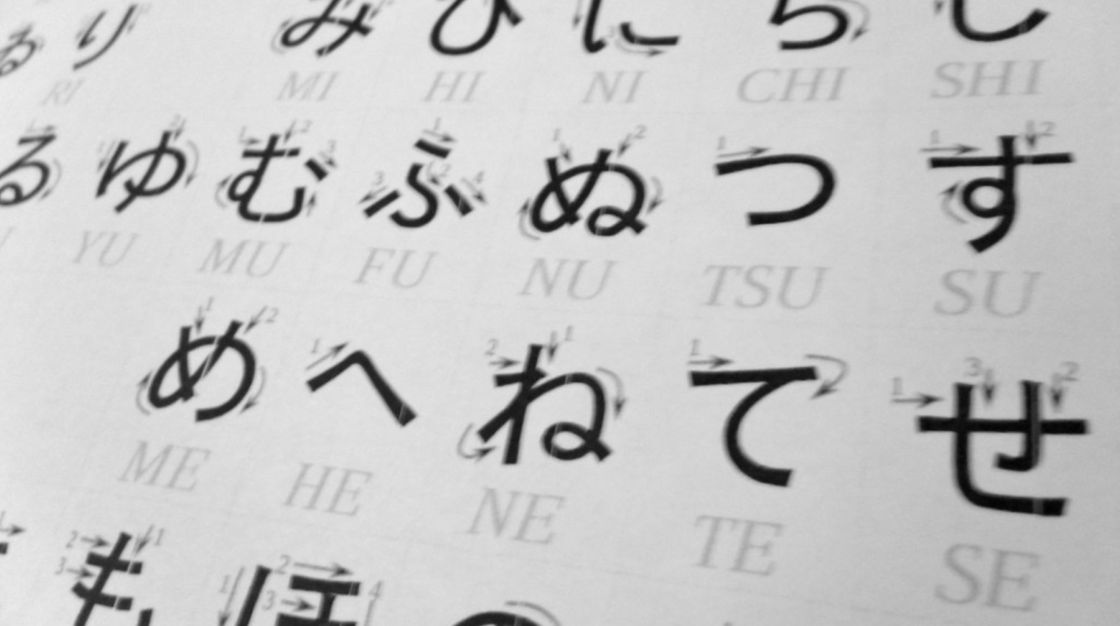
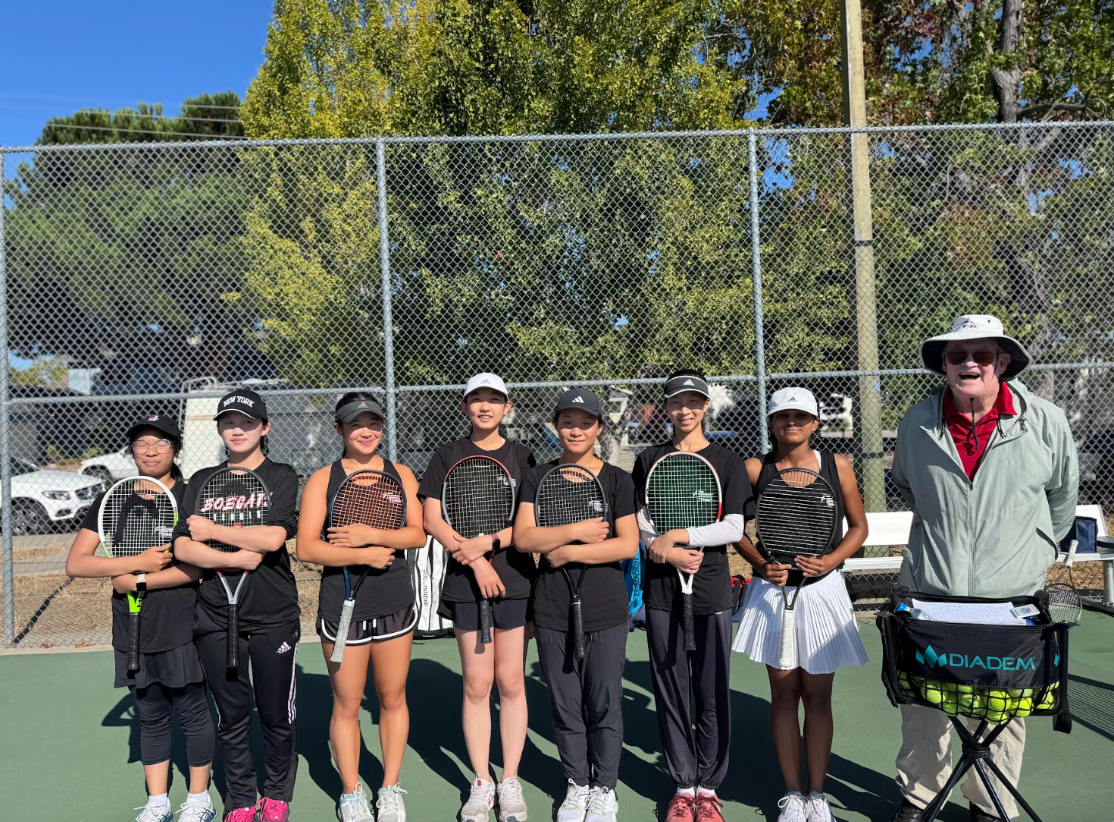

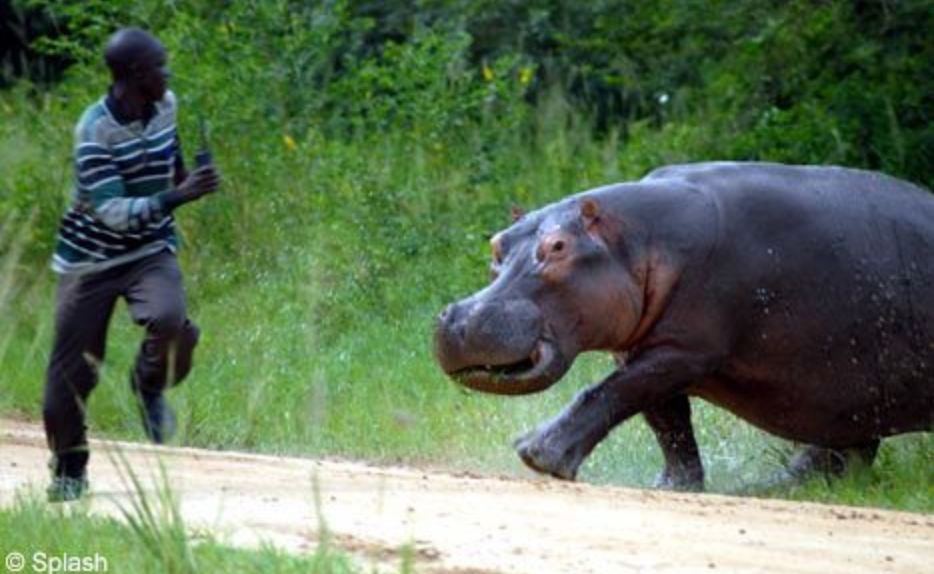
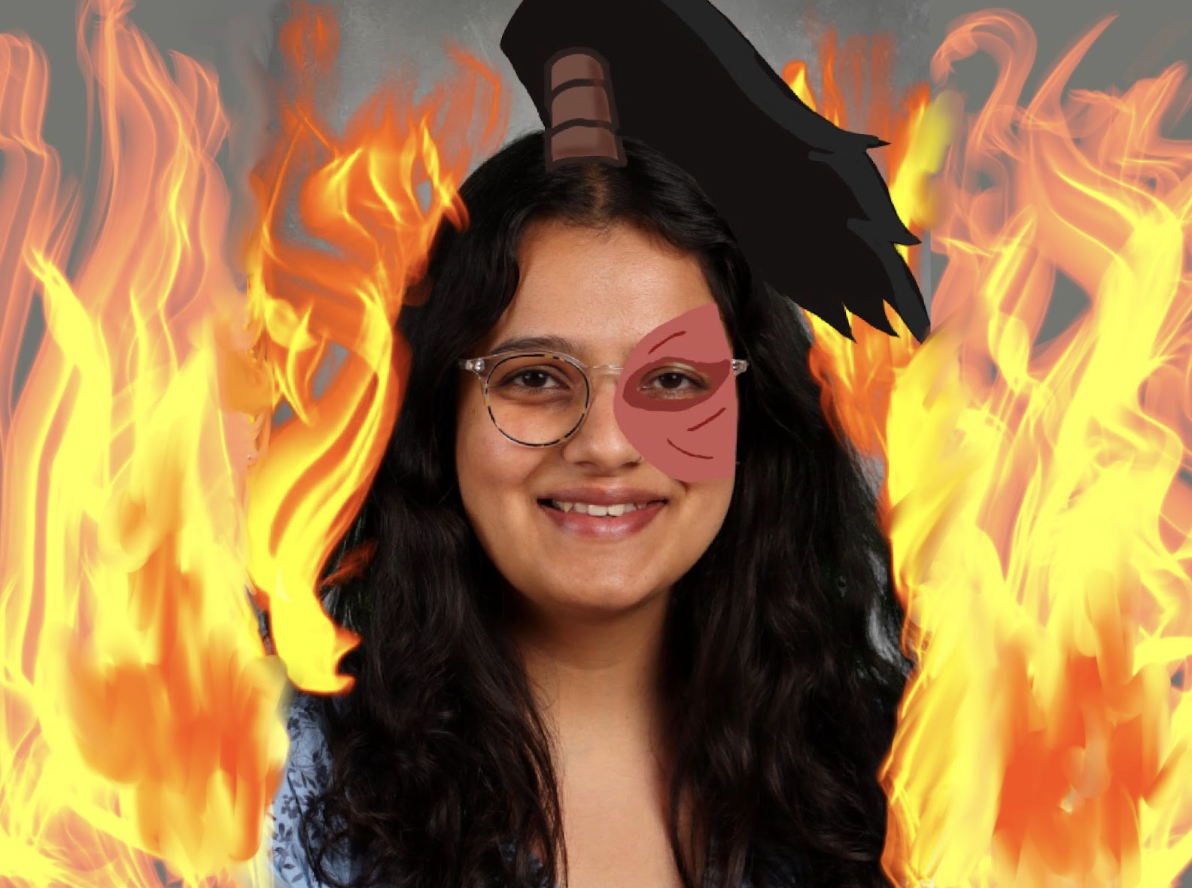


![Teacher [Milk] Tea: Part 2](https://bisvquill.com/wp-content/uploads/2024/03/Screen-Shot-2024-03-19-at-9.28.48-PM.png)
